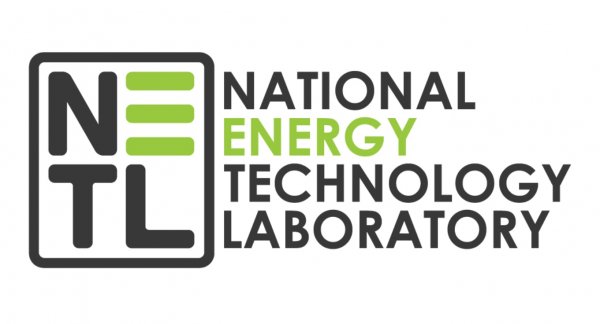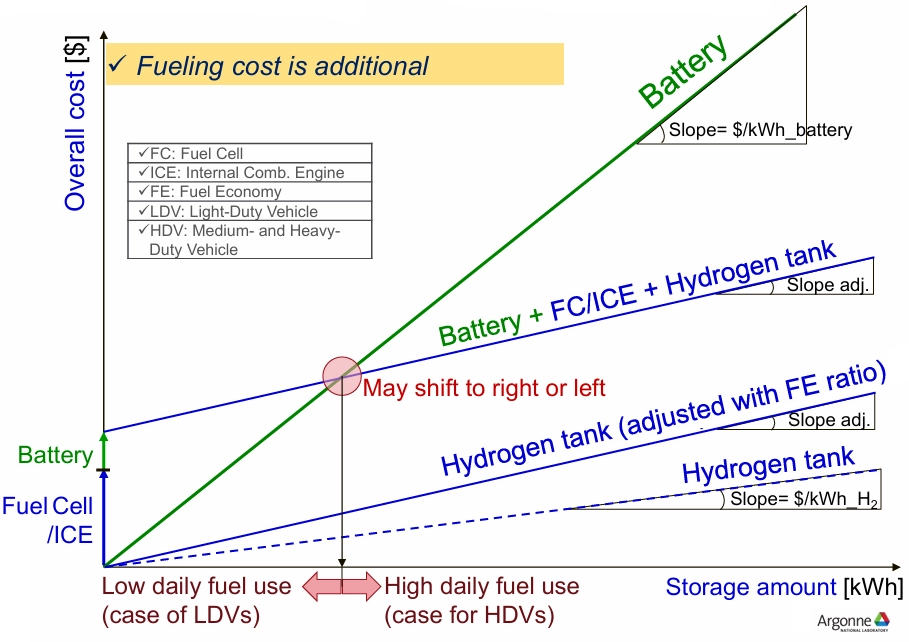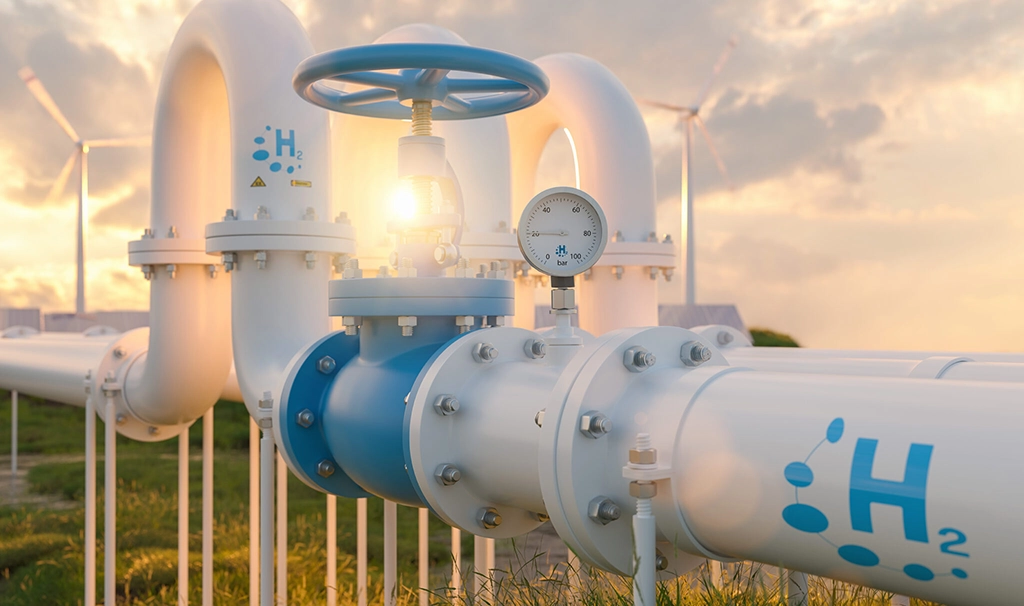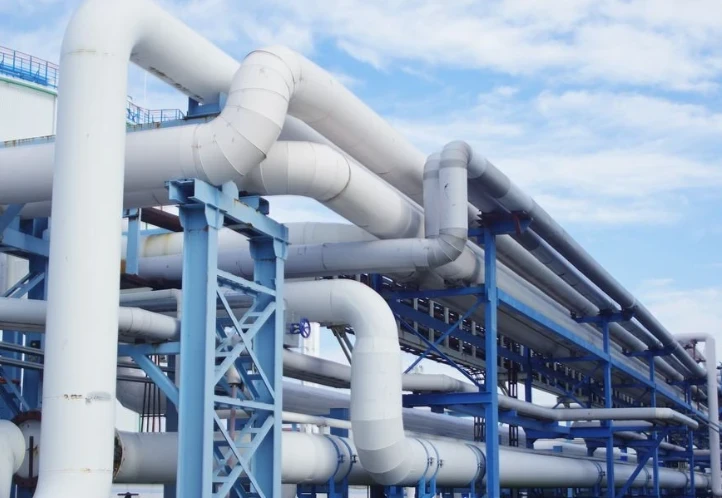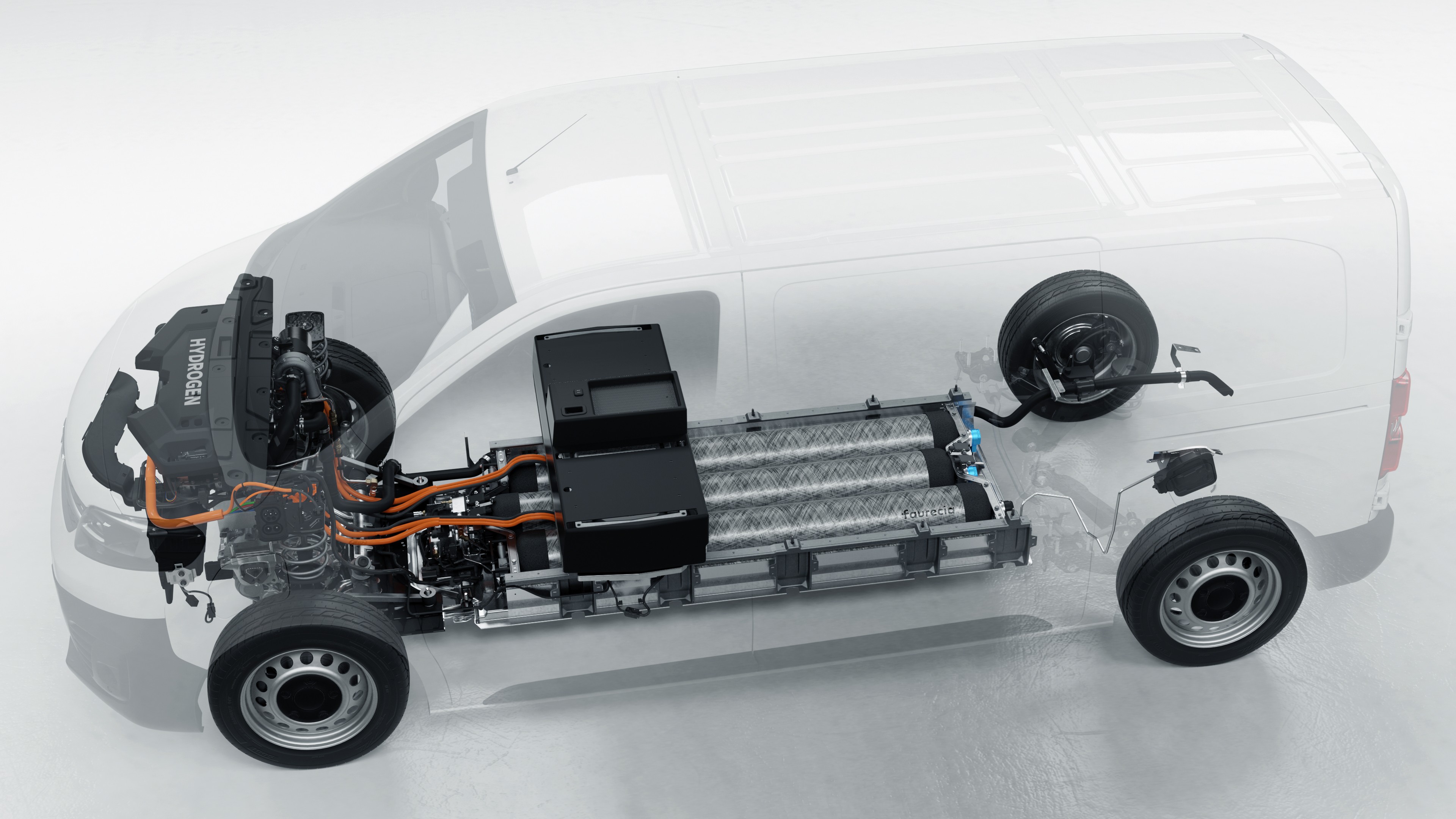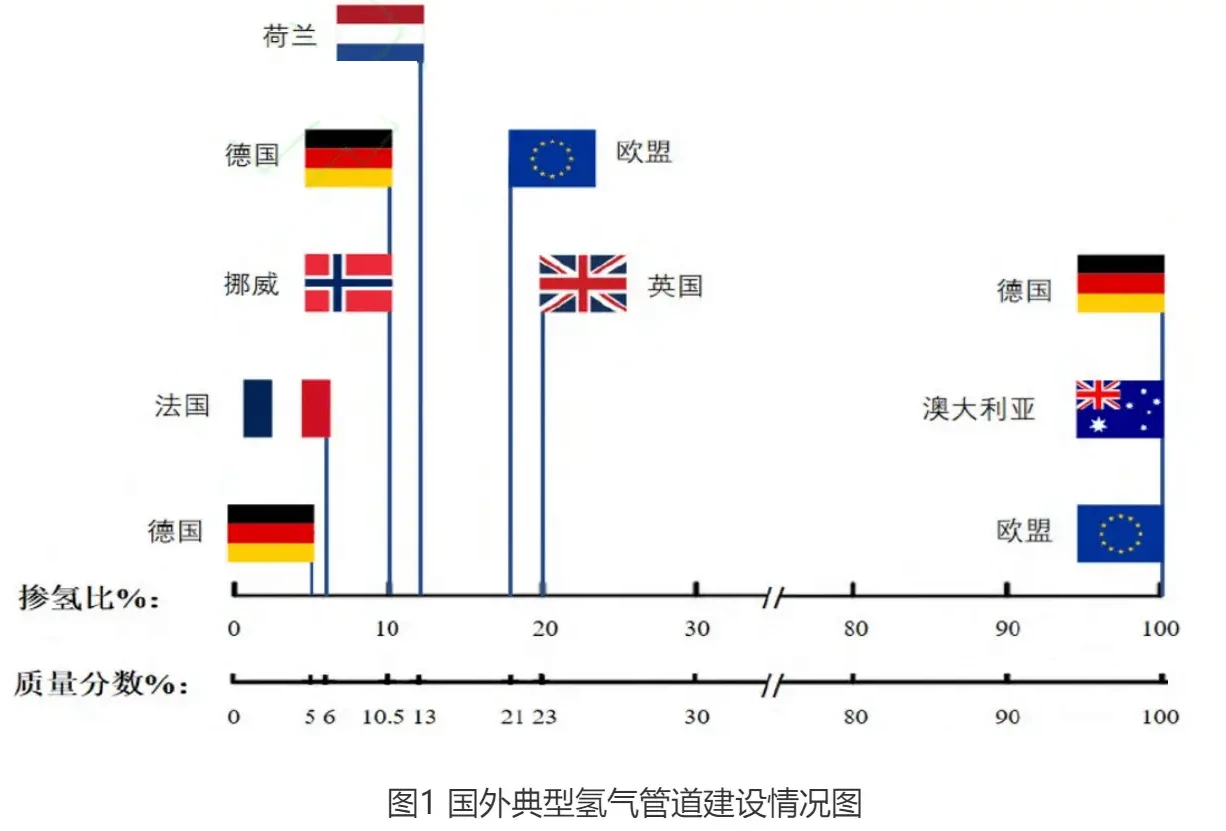API 5L Pipe Specification (46th Edition Updated on 2024)
API 5L pipes are carbon steel pipes used for oil and gas transmissions. They include pipes manufactured in seamless and welded (ERW, SAW). The grades include API 5L Grade B, X42, X46, X52, X56, X60, X65, X70, X80 PSL1 & PSL2 onshore, offshore and sour services. API 5L is the implementation standard of steel pipe for pipeline transportation systems and specification for line pipe.
Our Supply Range for API 5L Pipe
Grades: API 5L Grade B, X42, X52, X56, X60, X65, X70, X80
Product Specification Level: PSL1, PSL2, onshore and offshore sour services
Outer Diameter Range: 1/2” to 2”, 3”, 4”, 6”, 8”, 10”, 12”, 16 inches, 18 inches, 20 inches, 24 inches up to 40 inches.
Thickness Schedule: SCH 10. SCH 20, SCH 40, SCH STD, SCH 80, SCH XS, to SCH 160
Manufacturing Types: Seamless (Hot Rolled and Cold Rolled), Welded ERW (Electric resistance welded), SAW (Submerged Arc Welded) in LSAW, DSAW, SSAW, HSAW Ends Type: Beveled ends, Plain ends Length Range: SRL (Single Random Length), DRL (Double Random Length), 20 FT (6 meters), 40FT (12 meters) or, customized Protection Caps in plastic or iron
Surface Treatment: Natural, Varnished, Black Painting, FBE, 3PE (3LPE), 3PP, CWC (Concrete Weight Coated) CRA Clad or Lined.
Here we will do a brief introduction of API 5L pipe and related standard specifications with the below aspects:
Standard Scope
Manufacturing types
Different Grades (B, X42, X46, X52, X60, X65, X70)
Delivery condition (R, N, Q, M)
Product Specification Level (PSL1 and PSL2)
Material specifications (Chemical and Mechanical)
Test Methods
Tolerances on pipe diameters, wall thickness, out-of-roundness
Common defects Line pipe history and milestones
Applications API 5L Pipe Standard Scope
API 5L Pipe Standard Scope
In API SPEC 5L 46th Edition, the standard scope is defined as: “Requirements for the manufacture of two product specification levels (PSL1 and PSL2) of seamless and welded steel pipes for use in pipeline transportation systems in the petroleum and natural gas industries. This standard does not apply to cast pipe.”
To summarize, API 5L pipe is the carbon steel pipe applied to the oil and gas transmission system. Meanwhile, other fluids such as steam, water, and slurry can also adopt the API 5L standard for their transmission purposes.
Different Manufacturing Types
API 5L specification covers the manufacturing types in welded and seamless.
Welded Type: ERW, SAW, DSAW, LSAW, SSAW, HSAW Pipe
The API 5L welded pipe common types are as follows:
ERW: Electric Resistance Welded, for pipe diameter normally under 24 inches.
DSAW/SAW: Double Submerged Arc Welding / Submerged Arc Welding, a substitute welding method of ERW for larger diameter pipes.
LSAW: Longitudinal SAW, for diameter up to 48 inches. Also called the JCOE manufacturing process.
SSAW/HSAW: Spiral Submerged Arc Welded / Helical SAW, pipe diameters up to 100 inches.
Check here for the differences between the ERW, LSAW, and SSAW pipes.
Seamless Type: Hot Rolled Seamless and Cold Rolled Seamless Pipe
Seamless manufacturing type is usually for small diameter pipes (typically under 24 inches).
(When the pipe diameter is less than 150 mm or 6 inches, the seamless steel pipe is more commonly applied than the welded steel pipe.)
There are also seamless pipes of large diameters. By using hot rolled manufacturing process, we can get seamless pipes with diameters up to almost 20 inches (508 mm). If you need seamless pipes with diameters above 20 inches, we can make them through hot expanding process, with maximum diameters up to 40 inches (1016 mm).
API 5L Pipe Manufacturing Development
In the earliest years, besides Seamless and ERW, SAW manufacturing technologies, the API 5L steel pipe also could be produced in furnace lap-welded (deleted in API 5L in 1962).
With the development of pipeline steel plate-making technology, pipe forming and welding technology has also seen significant improvement, so a lot of ERW pipes and SAW pipes have been used in pipeline constructions. When it comes to big-diameter steel pipes, SAW pipe gains a great advantage. With less raw material cost and simplified and uniform production procedures, welded steel pipe has taken the first place in oil and gas line pipe industries.
API 5L covers Grade B, X42, X46, X52, X56, X60, X65, X70, X80
API 5L steel line pipe adopts different steel grades, which are Gr. B, X42, X46, X52, X56, X60, X65, X70, X80. Some manufacturers are capable of manufacturing steel grades up to X100 and X120. As steel line pipes’ grades go higher, they have stricter control on the carbon equivalent control and higher mechanical strength performance.
Moreover, in the same grade, seamless and welded API 5L pipes have different chemical compositions, namely, welded pipes have stricter requirements and lower amounts of carbon and sulfur.
In terms of different delivery conditions, there are also As-rolled, normalizing rolled, thermomechanical rolled, normalizing formed, normalized, normalized and tempered, quenched and tempered.
Delivery Conditions for Each API 5L Grade
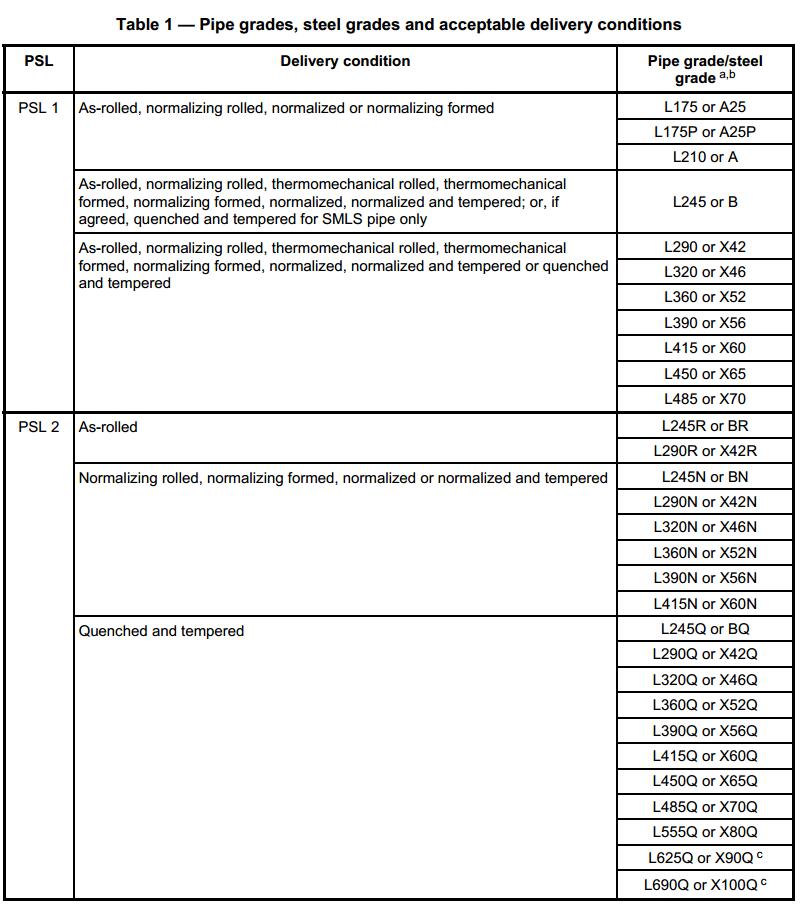
more:
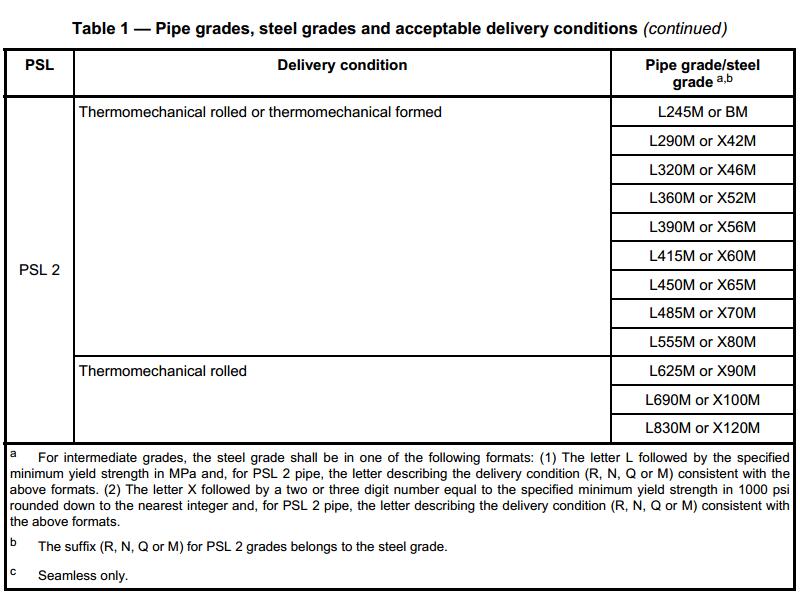
For intermediate grades, API 5L pipe grade shall be in one of the following description formats:
a. The letter L followed by the specified minimum yield strength in Mpa. For example, L290 (X42) means the minimum yield strength is 290 Mpa. In the case of PSL2 pipe, Suffix letters (R, N, Q, or M) shall be added to describe the delivery condition;
b. The letter X followed by a two or three digital number equal to the minimum yield strength in 1000 psi rounded down to the nearest integer and, for PSL2 pipe, the letter describing the delivery condition (R, N, Q, or M) consistent with the above formats.
Letter R: As rolled
Letter N: Normalizing rolled, Normalized formed, Normalized
Letter Q: Tempered and quenched
Letter M: Thermomechanical rolled or thermomechanical formed
Letter S: Sour Services, comes with PSL2 pipe for NS, QS, and MS, eg API 5L X52MS, API 5L X65QS.
https://www.octalsteel.com/api-5l-pipe-specification/
版权声明:本文为原创文章,版权归donstudio所有,欢迎分享本文,转载请保留出处!


